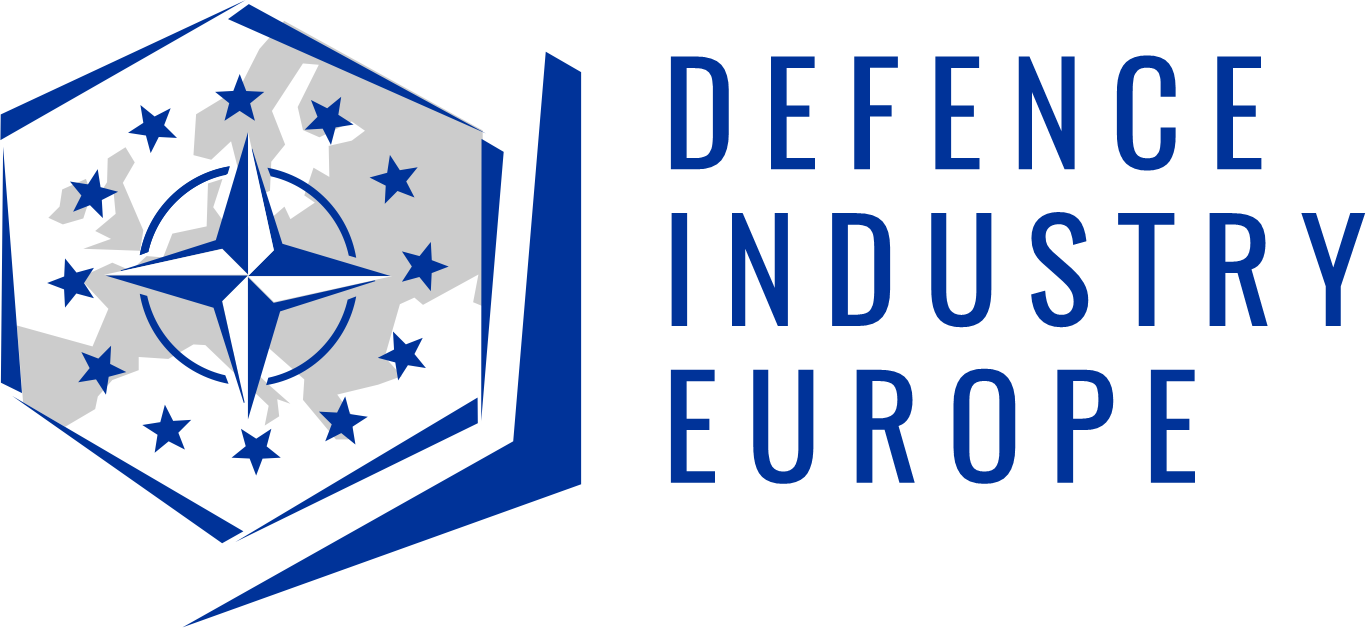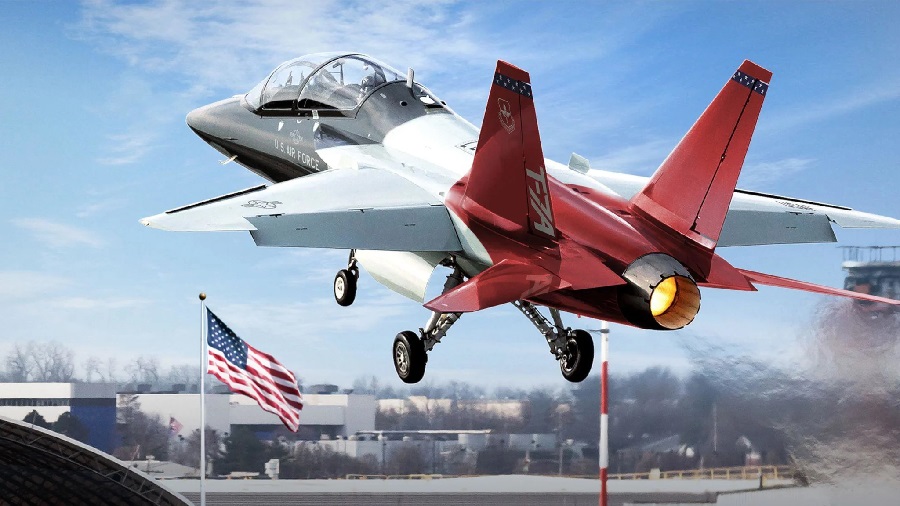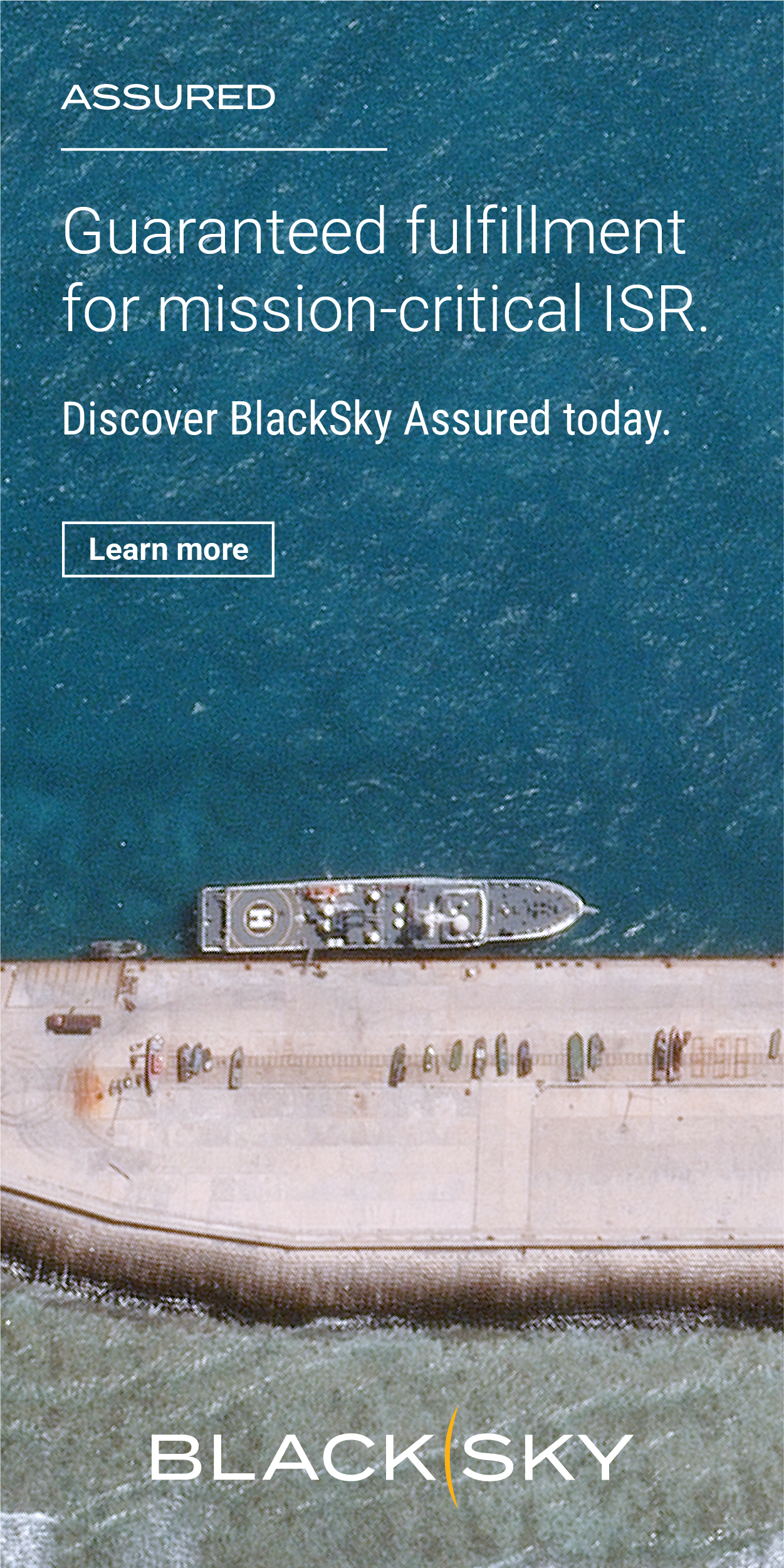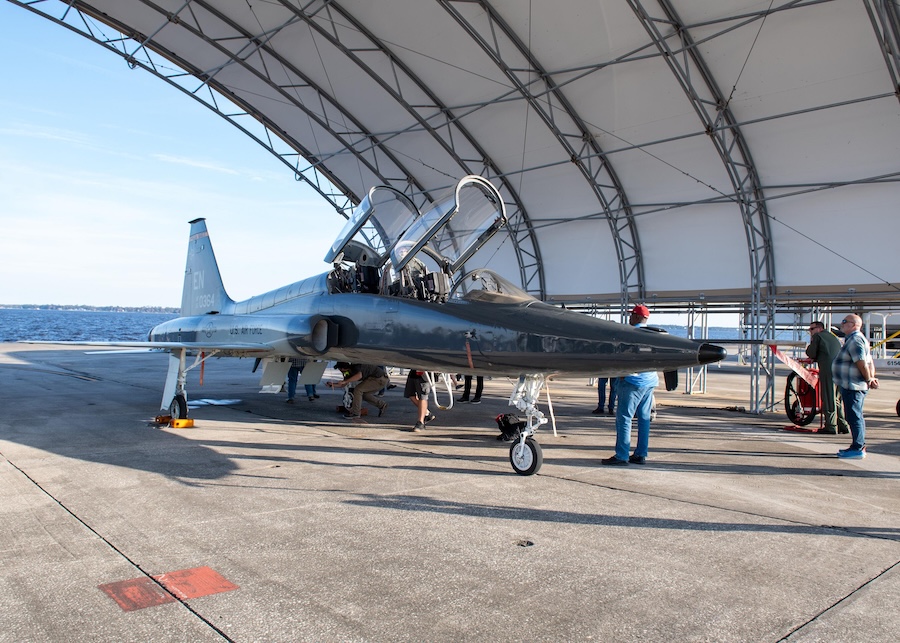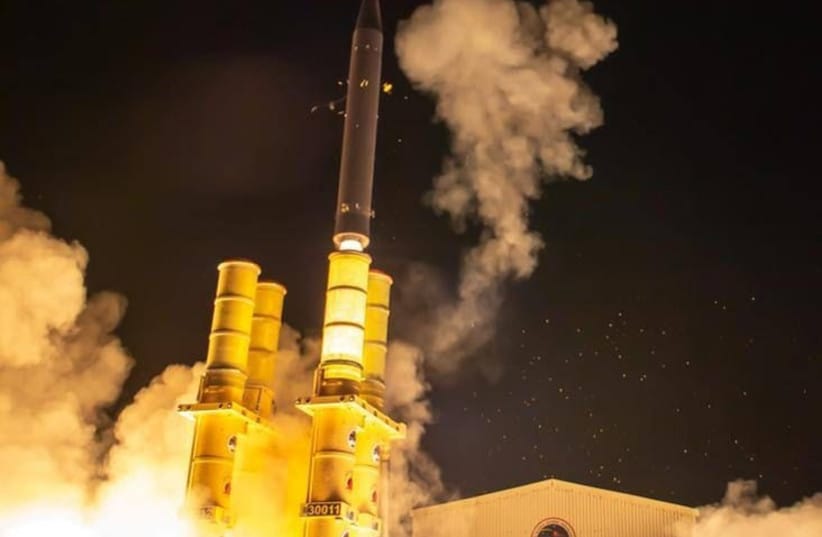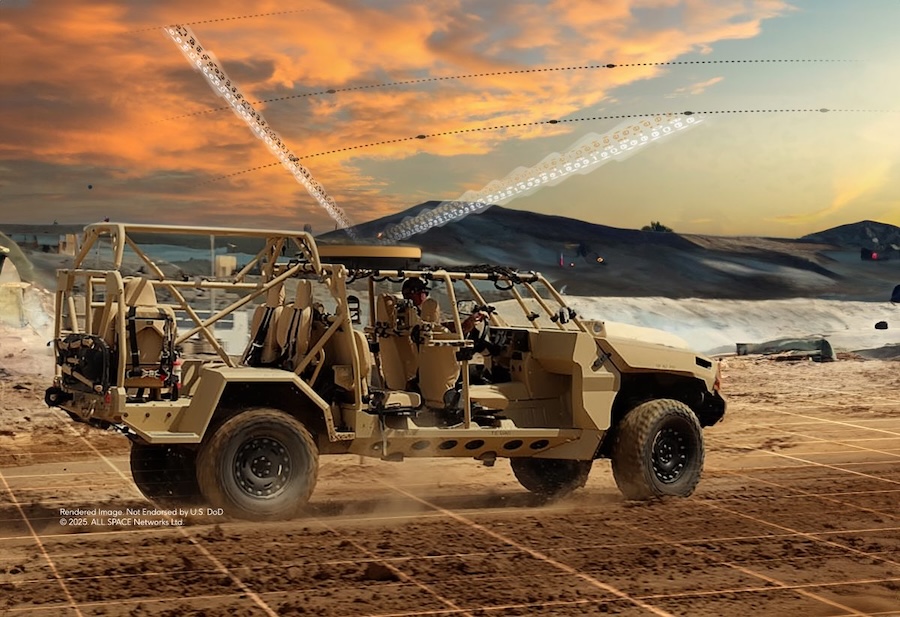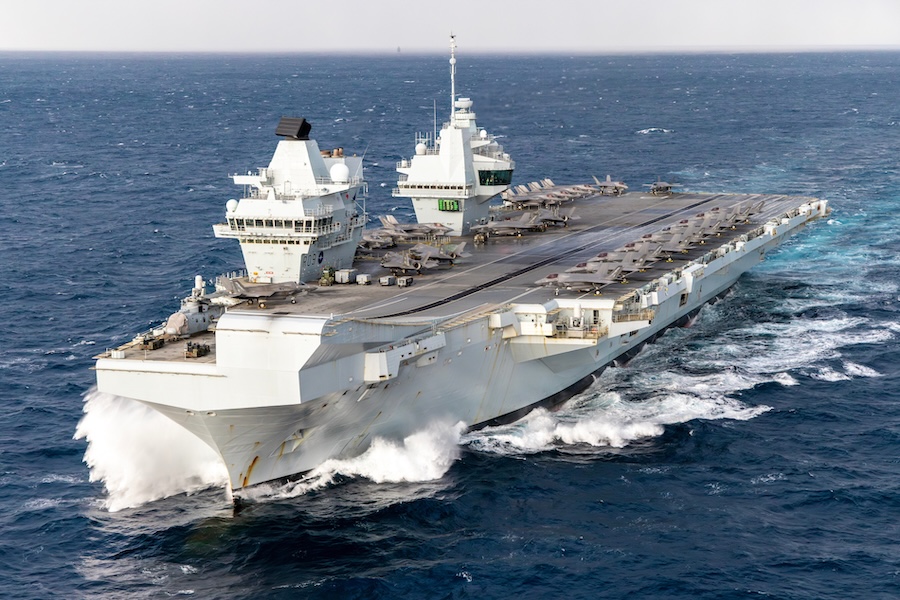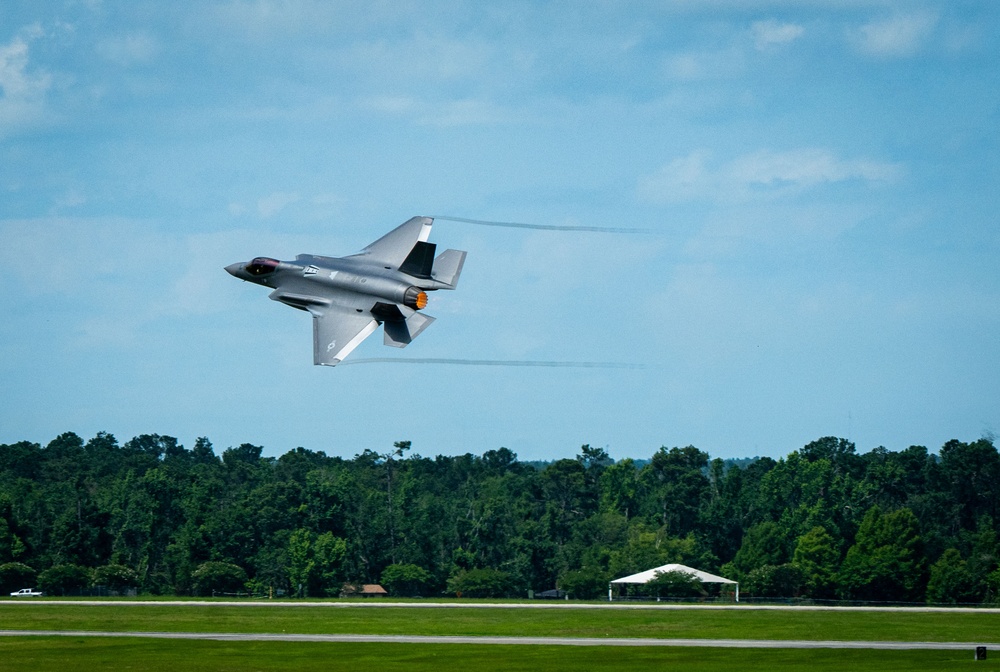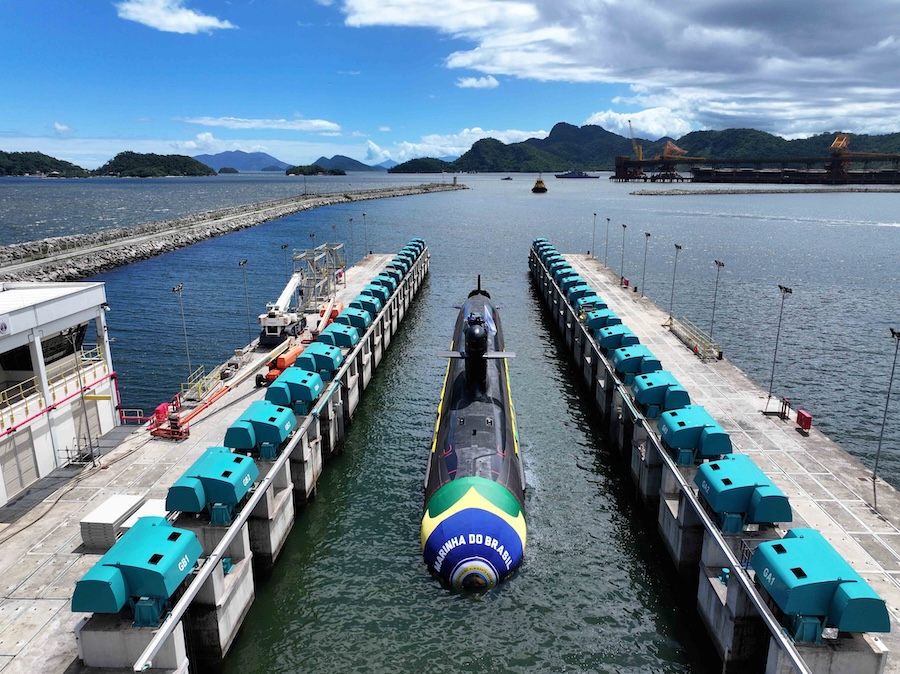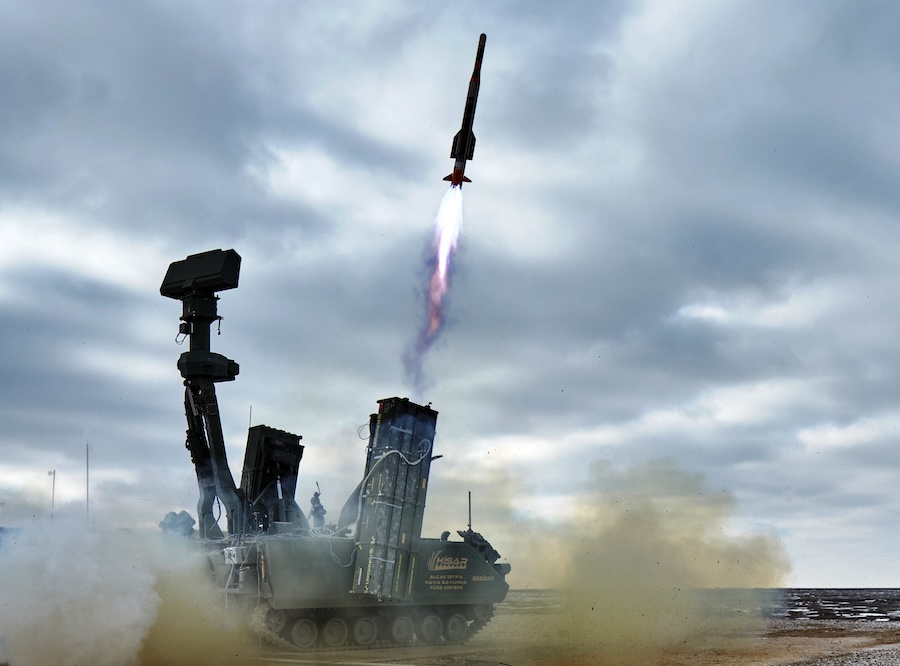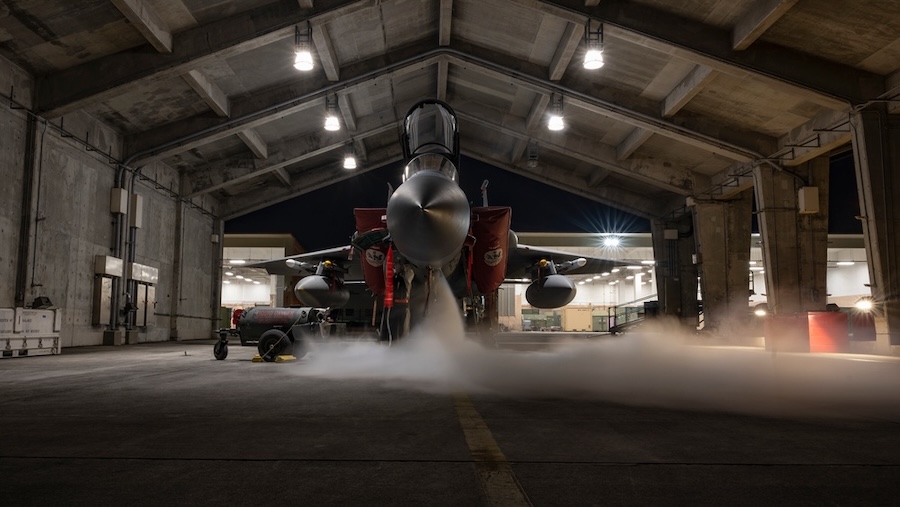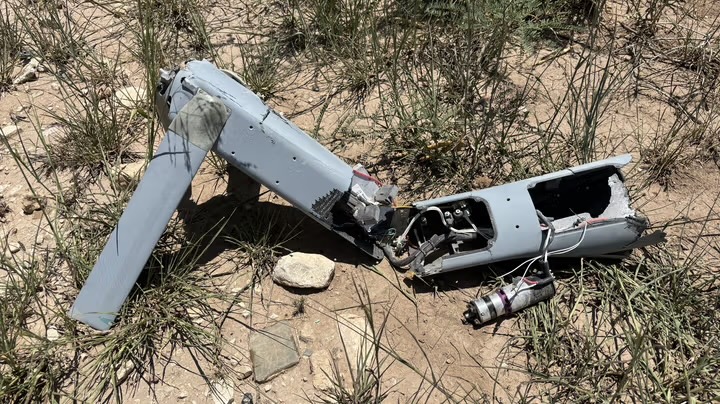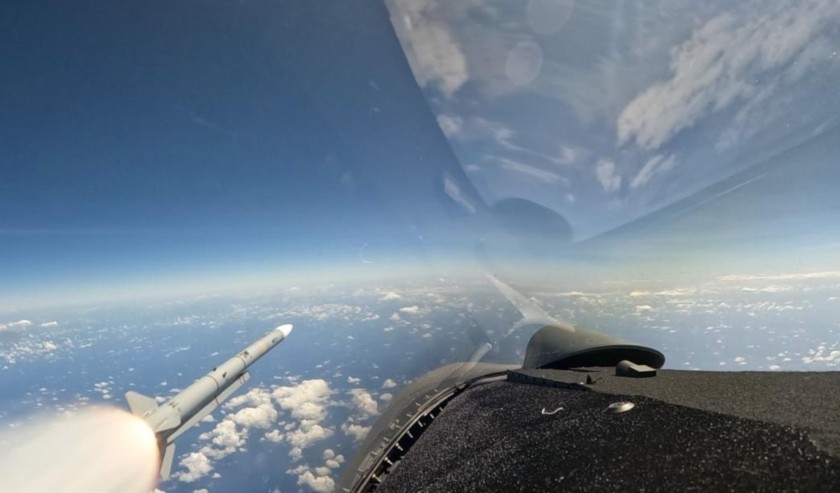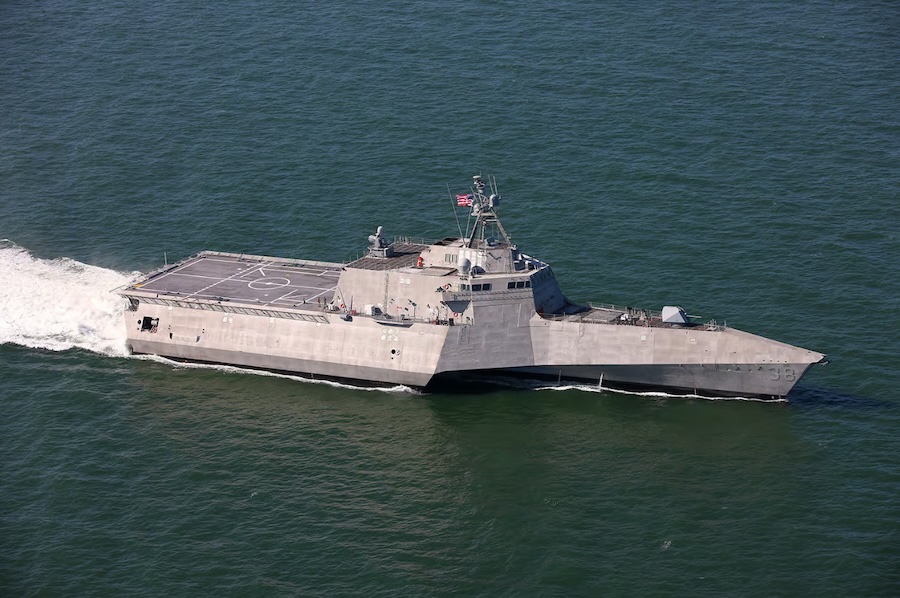The RAF operates 28 Hawk T2s and retains a number of Hawk T1s for the Red Arrows, which must be replaced by 2030 to maintain operational capability. A project team has already been formed by the UK government to assess potential solutions for its advanced jet trainer requirement.
The T-7A Red Hawk, jointly developed by Boeing and Saab, is currently in an advanced stage of testing and production for the U.S. Air Force. Boeing has delivered five engineering and manufacturing development aircraft to support ongoing evaluation efforts.
The U.S. Air Force expects to reach a Milestone C production decision in 2026, aligning with the UK’s timeline for launching its competition. Boeing and Saab are also engaged in early talks with BAE Systems about potential collaboration to address the UK’s needs.
Initial discussions have begun with the UK government to propose the T-7A as a viable replacement for the RAF’s fast jet trainers. However, Boeing is expected to face competition from other aircraft in the advanced trainer segment, including the KAI T-50, TAI Hürjet and Leonardo M-346.
Described by Boeing and Saab as “the most modern Advanced Pilot Training System,” the T-7A was developed specifically for U.S. Air Force future fighter and bomber pilot training needs. They state that “the T-7A aircraft represents a courageous undertaking in innovation design and is developed in a way that will transform the paradigm of rising cost and long development lead time for military aircraft.”
Boeing and Saab add that “through relentless focus in both production and maintenance, T-7A has broken the cost curve without sacrificing time, safety or performance.” Designed with logistics and ease of maintenance in mind, the aircraft features high reliability and integrated support to minimise lifecycle costs.
The T-7A is a single-engine, twin-fin aircraft with stadium seating to enhance visibility for both instructor and student pilots. It includes modern avionics, advanced displays and embedded training systems to match the capabilities required by today’s and future fighter systems.
Source: Flight Global.


